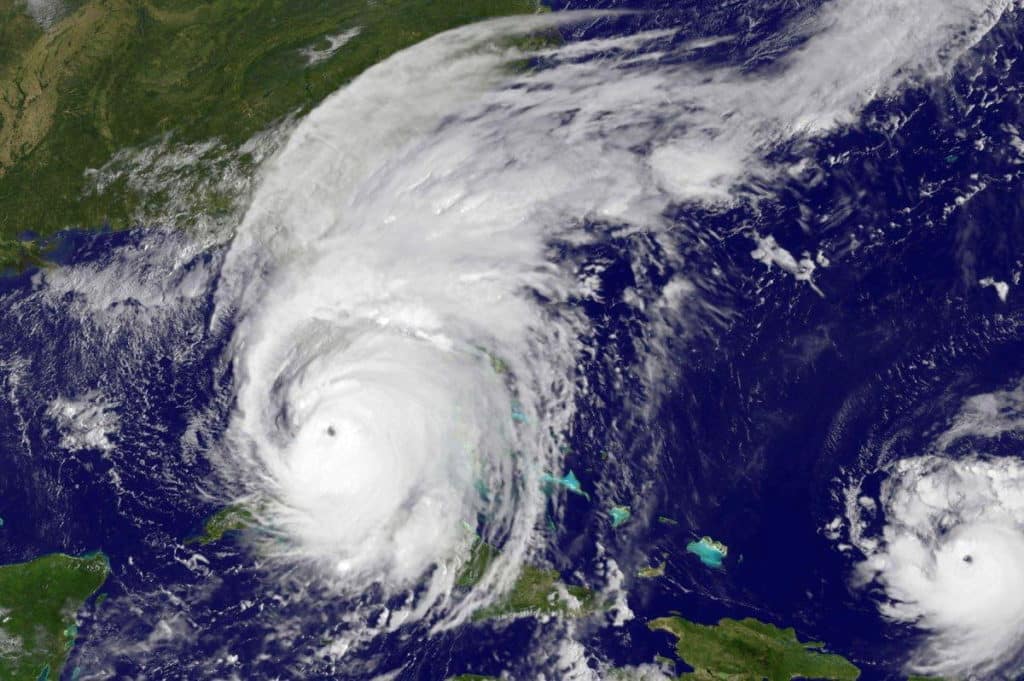
How Leading Companies Prepare for and Recover From Hurricanes
Follow these best practices for hurricane preparation and response from companies that know how to withstand the storm.
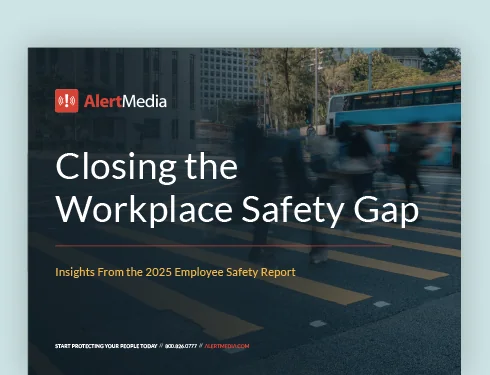
In a typical year, the U.S. experiences 12 named storms, six hurricanes, and three major hurricanes. The 2021 hurricane season was anything but “typical,” however.
In 2017, there were 21 named storms, seven hurricanes, and four major hurricanes. The NOAA attributes the irregularity to “the warm phase of the Atlantic Multidecadal Oscillation [which] favors more, stronger and longer-lasting storms.”
Experts don’t expect the 2022 season to fare much better.
Companies in the danger zone are reasonably on edge and the rest of the country should be equally concerned. While coastal areas are in the bullseye, states nationwide feel the economic impact of hurricanes.
More than a third of the U.S. gross domestic product is from states along the Gulf and Atlantic coastline and a hurricane can shut down delivery of goods with damage to ports, roads and rail lines.
It’s not all bad news, however.
Some companies along the coastlines are well-adept to preparing for hurricanes and recovering after a major storm. What is different about these organizations and why do they recover faster? Well, for starters they:
- Know that every hurricane season brings inherent risks.
- Don’t wait until a hurricane hits to decide what to do.
- Take proactive steps well ahead of a hurricane to ensure business continuity.
What do the companies who recover quickly from a hurricane know that others may not?
We’ll share some best practices for hurricane preparation so your company can protect itself better and recover faster the next time a hurricane heads your way.
How to Protect Your Business Before a Hurricane
Assessment
You can’t protect what you don’t know exists. The assessment phase is perhaps the most critical in hurricane preparedness because it’s what informs everything else.
- You have a hurricane preparedness checklist to help you plan ahead of time.
- You must know who your people are and where they are.
- You need a good grasp of where sensitive and critical assets are located and who is responsible for them.
- It’s crucial to understand your facilities’ proximity to dangerous areas.
Most companies have some emergency equipment at their facilities. You should document and map out this equipment for those who will be using it. Every employee at each location should know where certain equipment is in case they have to step in to help.
One company that takes assessment to the next level is grocery store chain H-E-B. The Texas-based company knows how hurricanes can wreak havoc. According to a Texas Monthly Magazine article, the chain is always watching the tropics and puts its emergency plan into action days before a hurricane makes landfall. “We’re always planning for one storm category higher than currently exists,” said Justen Noakes, director of Emergency Preparedness at H-E-B. “When Harvey spun into a Category 4, we were disappointed, but it didn’t catch us off-guard. We were prepared for a fairly significant impact.”
HEB even offers a hurricane preparedness guide of their own.
Drills
Every prepared company knows a plan on paper is not enough to protect employees, assets, and facilities. You must involve stakeholders in regular drills with role play in order to be comfortable with their responsibilities when a hurricane hits the shore.
Designate layers of backup people in case the original stakeholder is not present or unable to fulfill their duties.
Non-stakeholders may include general employees who are located at facilities that may be in harm’s way. They should understand where to go when the alarm bells ring. This includes how to evacuate from the facility and routes they should take to get into a safe area. They need to know what they should take with them and if you expect a skeleton crew.
Describe, practice and review every role on a regular basis. Then reference them days ahead of a hurricane landing.
Communication
Communication is critical before, during, and after a hurricane. Yet it is often the last thing companies think of when they are preparing for a critical event. Email and phone aren’t always the most efficient or fastest way to communicate with employees.
Companies who understand the importance of communication during a hurricane know they need more and they invest in a two-way, multi-channel communication system.
Related: How Communication Systems Are Key to Hurricane Preparedness
An emergency communication system should have updated employee contact information, including office and mobile phone numbers, email addresses, and physical office and home addresses.
You can send voice calls, emails, SMS texts, and app push notifications simultaneously to ensure no employee misses a message. Hurricane notification templates can help save time as well.
People
Your people are your most important asset and they will look to their employer to provide them with instructions if a hurricane hits during a workday.
Hurricane-savvy companies will develop a clear chain-of-command, as well as a list of employees and their loved ones who may need to be notified of an emergency. They will know where their people are at any given time, even utilizing GPS to track them during their workday or while traveling on business.
If an employee will be in the danger zone, it should be easy for the company to warn them and provide them with relevant information.
Even if a company isn’t in the “impact area,” if they have employees who travel to the area, they will want to ensure those employees know what’s coming, what to expect, and that the company has its eye on them to keep them safe.
For H-E-B, people were understandably anxious. “One of the things we did is monitor the wind speed so we can start closing down our stores and ensuring our partners are safe,” said Noakes. H-E-B acted quickly and none of their employees were harmed, even as winds topped 145 mph and storm surge levels were more than 12 feet above ground level in some Texas areas.
Finance/Legal
Hurricanes cost money. In fact, they cost the U.S. approximately $28 billion every year. The financial impact not only affects people, it impacts companies in a big way.
When preparing for a hurricane, be sure you know what your contracts stipulate – are you liable if you can’t deliver a product on time because of damage to a facility, roads or a port?
What policies are in place to protect your business if it takes weeks, months, or even years to fully recover?
Assess your cash flow and debts to predict how long your company could operate if it had to allocate large funds to get the business back on its feet. Smart companies will have an emergency fund set aside to cover at least a few days should a hurricane slow or stop production.
How to Protect Your Business After a Hurricane
Preparation should facilitate recovery efforts in a big way. Here are a couple of things the best companies do after a hurricane hits:
Communication
Once the hurricane has passed, the emergency notification system will be a lifeline to get status updates from stakeholders and inform employees. Use it to let them know how the storm has impacted their particular workplace, what they can expect when they return, when you expect them to return, and where relief organizations are near them.
If there is a lot of damage in the area, keep in mind employees may not have internet access. Use SMS texting or app push notifications to send concise messages to employees.
A great resource for employees is a dedicated intranet page they can reference at any time to view updated recovery information. Administrators can build these pages within their mass communication system, if the functionality is offered, and put all relevant preparation and recovery details in one place to ensure consistent information is delivered to every employee.
Triage
Organized companies know that there is likely to be disruption to the normal operations and will establish work assignments based on employee status and availability. After you’ve identified all the safety hazards, prioritize repairs and recovery efforts. Deploy resources to employees in need and return any assets that you moved for protection.
As Hurricane Harvey hit the Texas coast, H-E-B was ready and their emergency plan enabled them to not only protect their employees and assets but provide much-needed relief in the impacted communities.
“As soon as the 35 mph winds exit the area, we have teams tasked with going to the facility to ensure that the infrastructure and the structural integrity is solid, and we also do a quick evaluation of the mechanical, electrical, refrigeration and computer systems to see if we can open up the store,” said Noakes. “Then it’s a question of if it’s safe from an environmental perspective and from a law enforcement perspective.”
With the hurricane season upon us, take heed from companies like H-E-B who have proven they can withstand the worst of what nature has to offer. It’s not easy to recover from a major hurricane, but with the right preparation, it will be much faster and your people and assets are more likely to have fared well.
More Articles You May Be Interested In
-
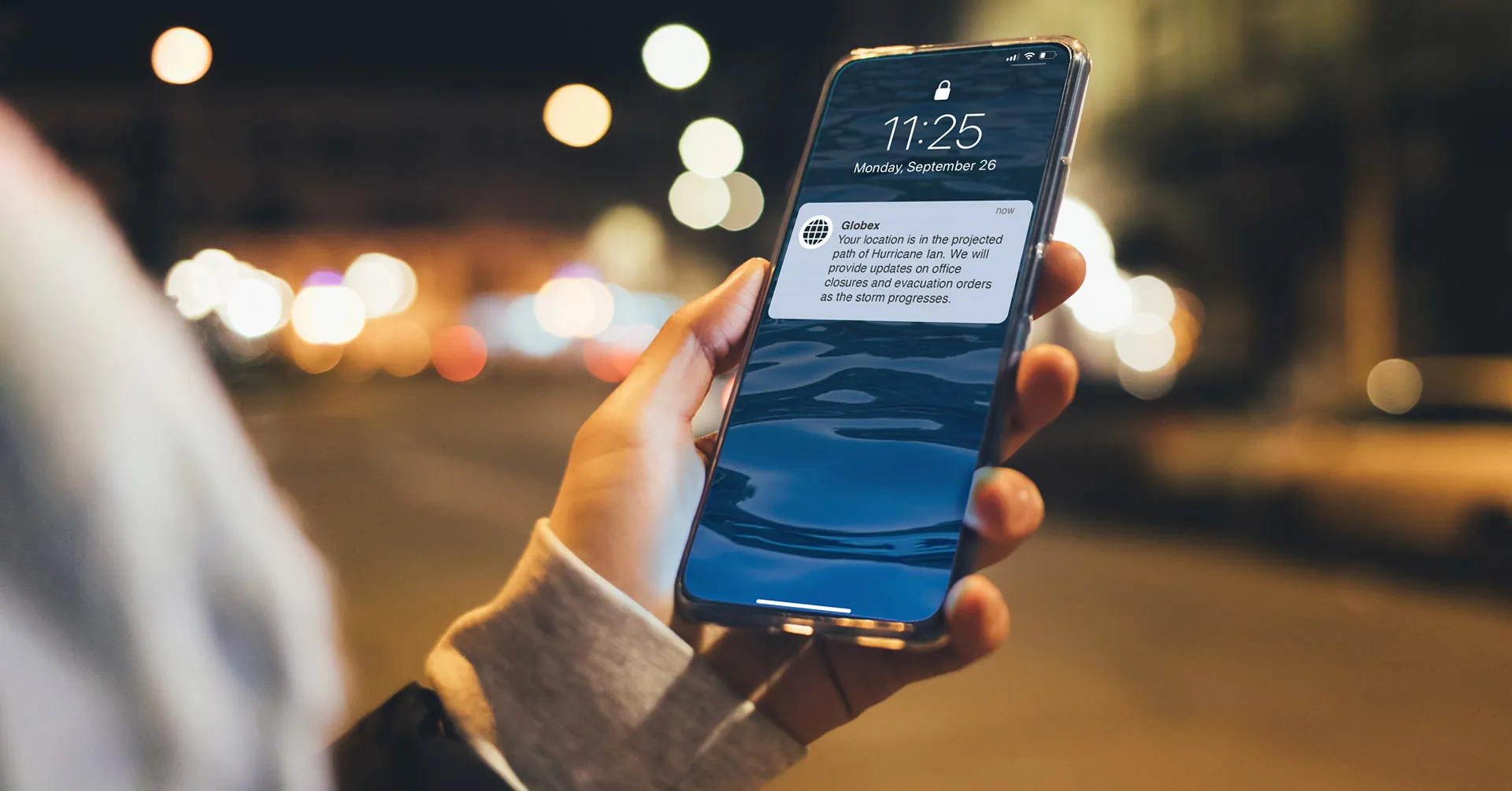 Emergency ManagementSample Hurricane Email to Employees & Other Notification Templates
Emergency ManagementSample Hurricane Email to Employees & Other Notification Templates -
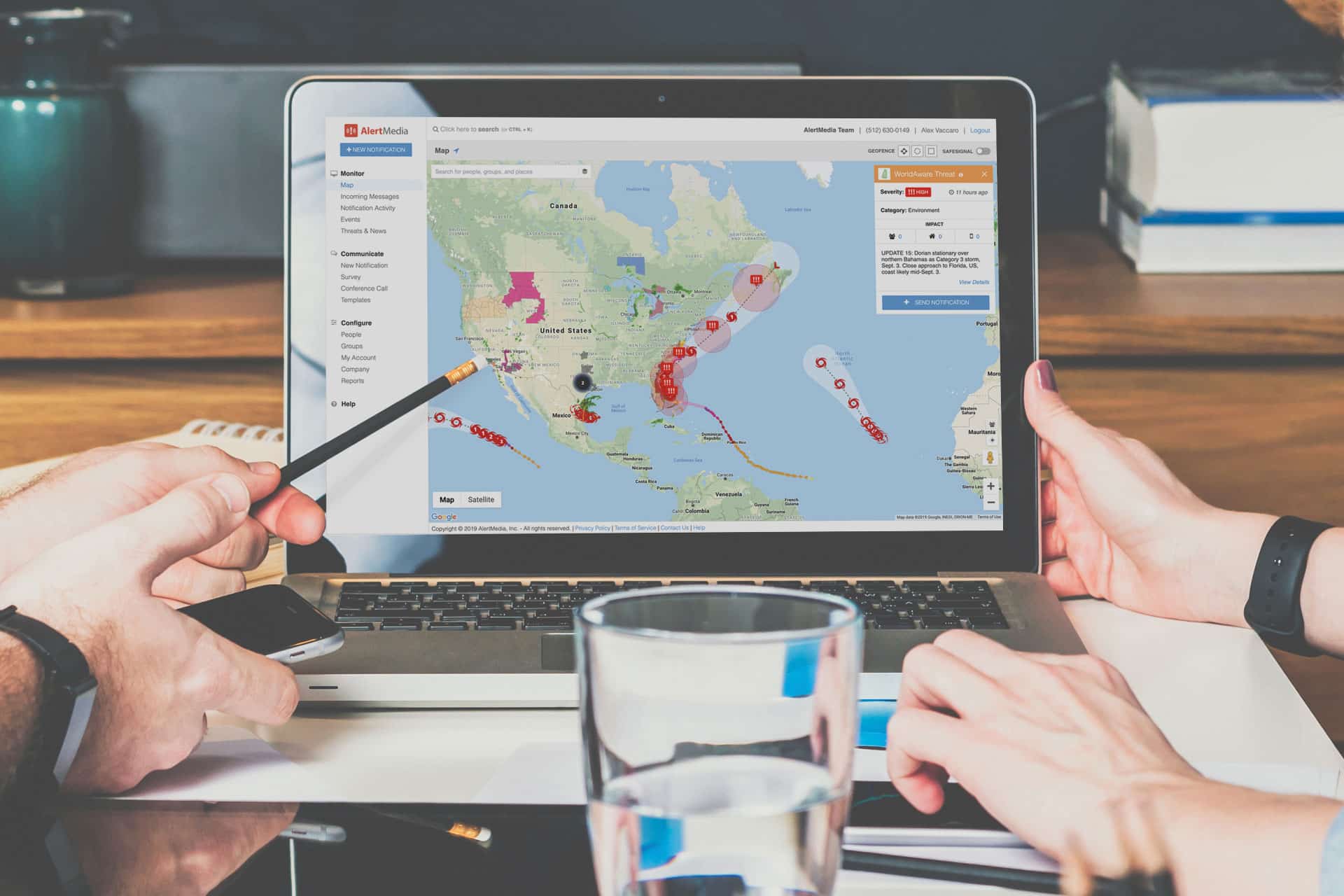 Safety and Security, Emergency ManagementHow Local Threat Monitoring Can Protect Your People During a Hurricane
Safety and Security, Emergency ManagementHow Local Threat Monitoring Can Protect Your People During a HurricaneAn effective hurricane response requires a lot. You need to be quick to identify the storm as a threat. You need to plan accordingly—and update that plan as the forecast changes. And you need to communicate that plan to your employees, so that they know what is expected of them and what your organization is…
-
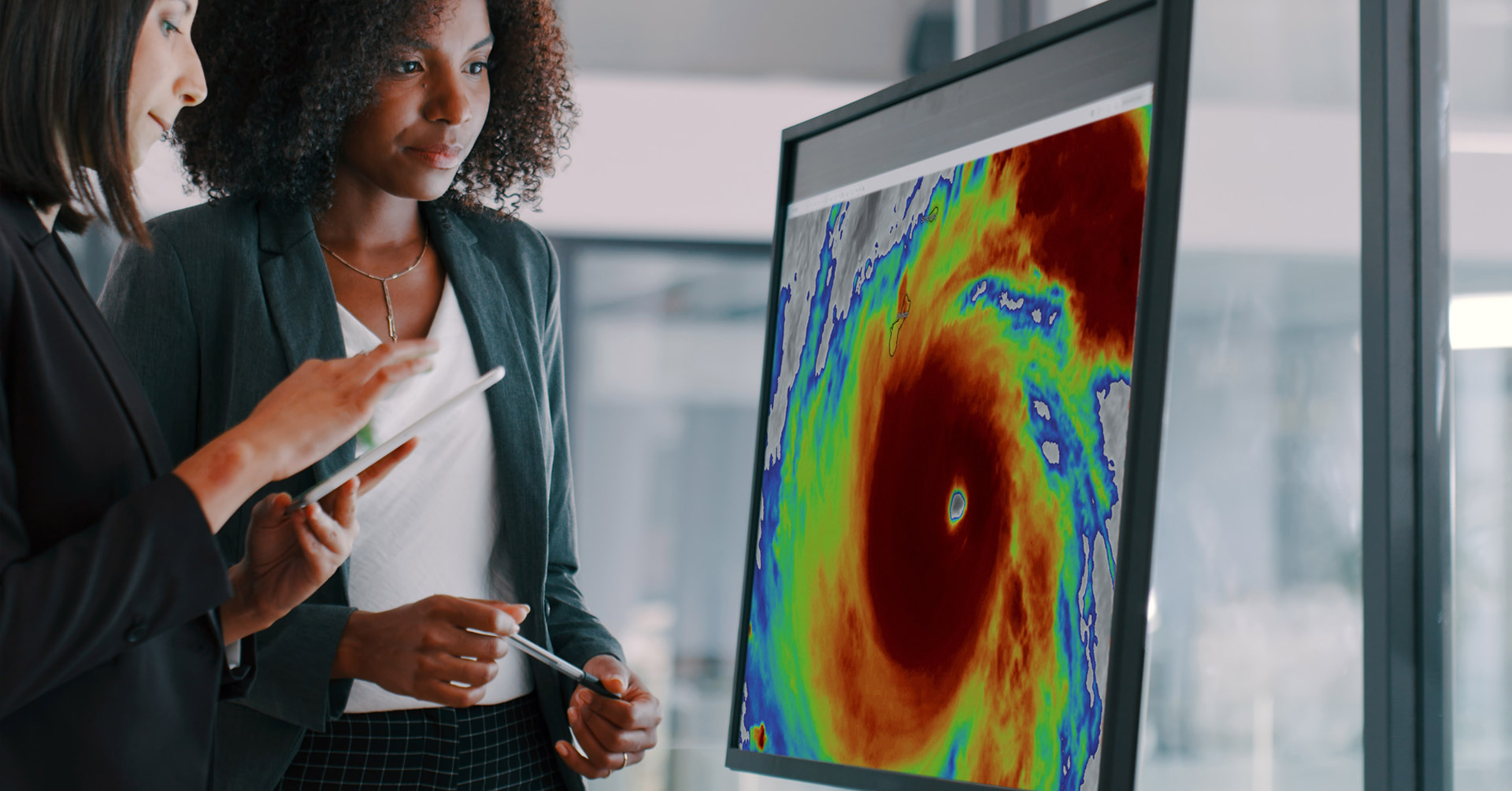 Emergency ManagementHurricane Preparedness Plan for Businesses
Emergency ManagementHurricane Preparedness Plan for Businesses

